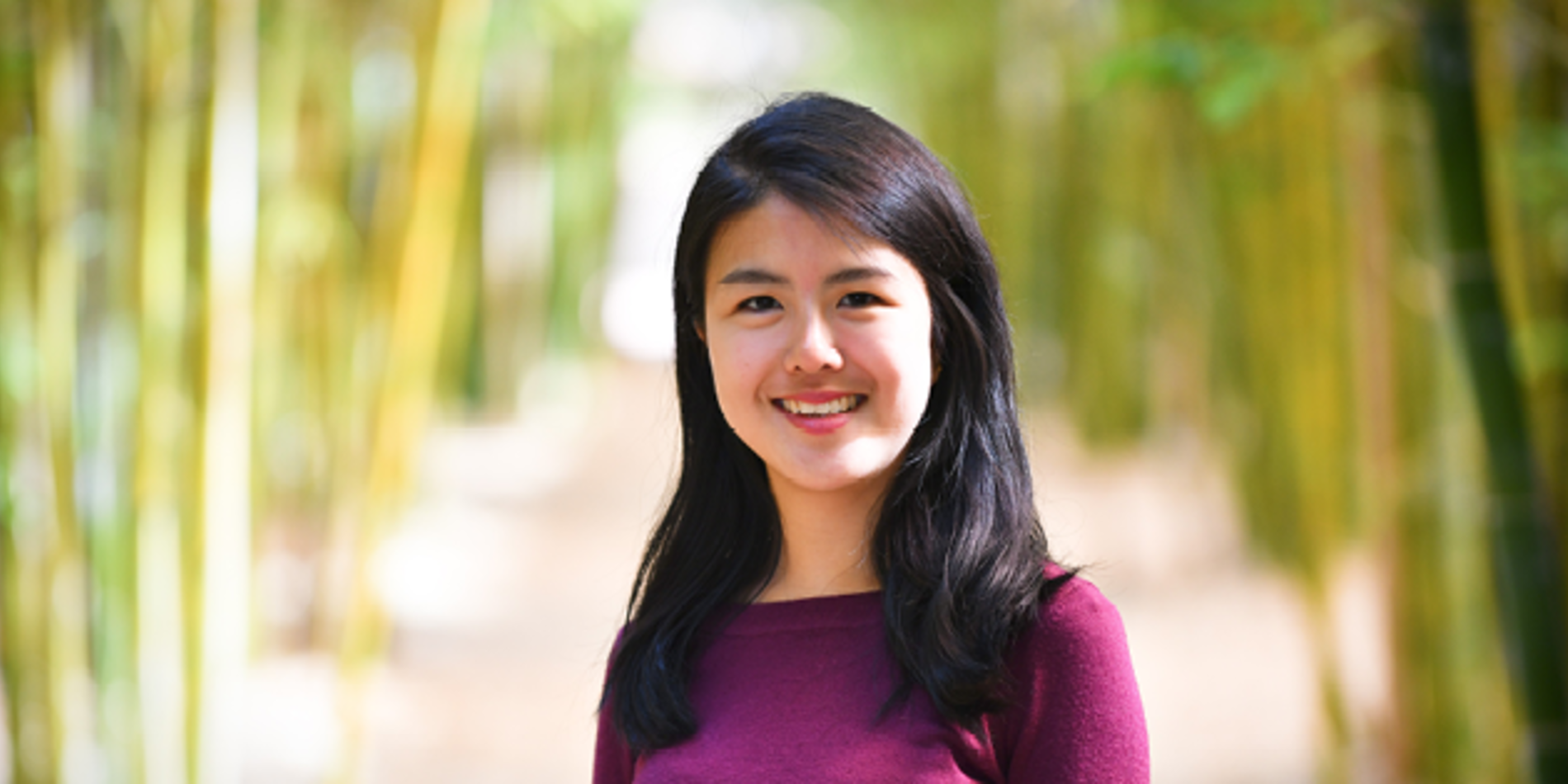Cheli Ruth | Student Spotlight

Cheli Ruth
PhD Candidate
Chemical Engineering
"Before starting college, I decided to take a year to volunteer at a hospital abroad in a pediatric dialysis ward. It was there that I saw the power of medicine firsthand and I knew that I needed to be a part of it.
During my time volunteering, I learned that there were still many unanswered questions in medicine, so when I started college at the University of Maryland, Baltimore County, I pursued research opportunities to begin answering some of those questions. In fact, in one of my early chemical engineering courses, I was tasked with designing a hemodialysis system to purify blood, a technology I previously worked with in the dialysis ward. After completing my undergraduate studies, Stanford University was the perfect avenue to pursue my goals in improving modern medicine. The research here is so interdisciplinary and often involves close collaboration with the world-renowned hospital on campus. There was so much exciting, impactful research being done here that I had to come.
Our research focuses on designing new pressure sensors for target applications in medicine and robotics. There is a growing demand in both fields for highly specialized sensors, so my early work focused on how to streamline the process of designing these sensors for specific applications. We realized that if we can understand the effects of material properties and structures on sensor performance, we can develop a method to targetedly design pressure sensors for target applications. Understanding the fundamentals of our system allowed us to targetedly design new sensors, whether it is for an improved human-machine interface or monitoring arterial health. These works have been exactly the type of highly collaborative projects I came here to Stanford to work on.
Right now, we are looking to design a pressure sensor for early detection of several diseases, because the earlier we can identify a problem, the easier it is to fix. In fact, early detection is a major challenge in medicine, which is why yearly screening tests are frequent for high-risk individuals and at-home health monitors are increasingly popular. However, if we can put the sensor closer to the source of concern, we have better control and higher specificity of the monitoring. Thus, if the device indicates a concern, we know where to look closer. These types of devices help prevent emergency medical situations and allow for more targeted, less invasive treatments, which can drastically change people’s lives.
I think the most important thing I have learned is there is no one path to success. In my case, my path has included being involved in community outreach, teaching, and business learning opportunities. Our work as researchers does not stop at the lab bench. It is our responsibility to be able to engage businesses, academics, students, and the greater community so that we can understand the challenges they are facing and try to address them in our works. I work and hope to continue working on designing new medical technologies so that my son’s generation does not have to deal with the same challenges as we do."


